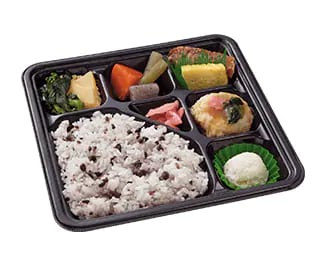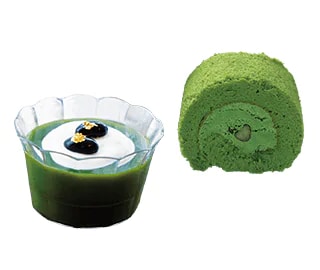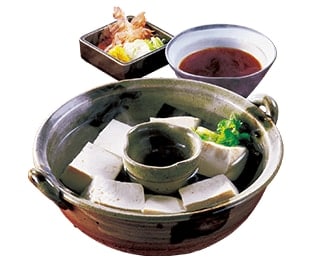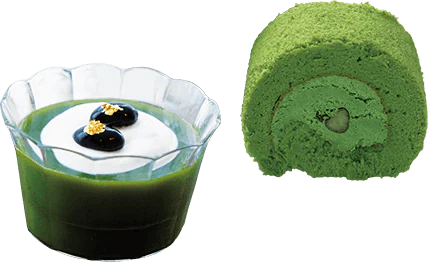
Matcha green tea is finding a place for itself in health-conscious diets around the world. Unlike regular tea leaves prepared by brewing in hot water, matcha green tea is made of ground, powdered leaves whose nutrients remain intact. Matcha is characterized by a deep green color and gentle aroma; it is distinctively refreshing with a slightly bitter and rich flavor. Outside Japan, matcha is often used in drinks, such as lattes. In Japan, it appears as an ingredient in various types of confectionery, both Western and Japanese.
Matcha is distinctively refreshing
Matcha was originally served only at the traditional Japanese tea ceremony. To make matcha, tea leaf veins and stems are discarded and only the leaves are ground into powder, which is then dissolved in hot water before serving. The type of tea leaf used to produce matcha differs from regular tea, and is also cultivated and processed differently. To discourage the over-production of catechin—the element that imparts the component of bitterness—and to maintain a high level of theanine, which supplies the element of umami, tea plants are shaded with black cheesecloth about 20 days before picking the leaves, in order to screen the plants from intense sunlight. Matcha leaves are carefully handpicked, steamed and dried. The leaves are not kneaded, which is the usual process with regular tea leaves; they are ground in a stone mill into powder form. This labor-intensive process was established in the sixteenth century, when the tea ceremony matured.
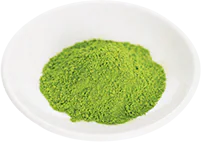
In Japan in the mid-1990s, matcha ice cream triggered the popularity of confections prepared with matcha; these were followed by countless variations of new matcha-infused sweets. In Japan, matcha is now a standard flavor in chocolates and Western-style baked goods, as well as in traditional Japanese confectionery like yokan (sweet bean jelly), rice crackers and manju (buns stuffed with sweet bean paste). Matcha confectionery prepared by Japanese tea shops is also quite popular these days, and include delicious matcha-based sweets like parfaits, gelatins and cakes; it is not uncommon to see matcha soft ice cream sold outside their storefronts. Customers enjoy the slight bitterness of the matcha as a contrast to the delicate sweetness of the confectionery.

